Humans are rich in copper. And so are all other living organisms. But copper is toxic, therefore, it has to be kept at bay to counteract its cytotoxic effects in live cells – how do we stay healthy?



Humans are rich in copper. And so are all other living organisms. But copper is toxic, therefore, it has to be kept at bay to counteract its cytotoxic effects in live cells – how do we stay healthy?
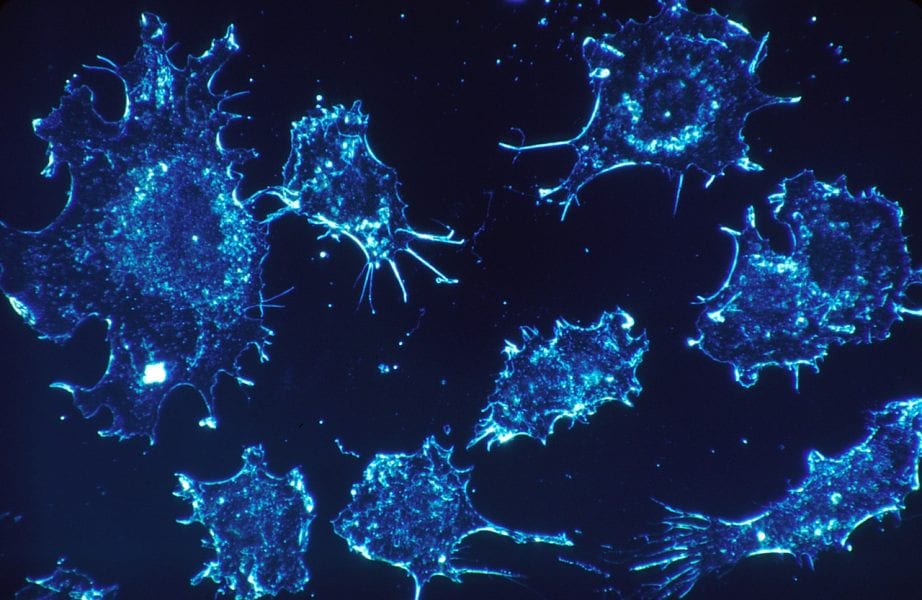
Circulating tumor cells (CTCs) are stray cancer cells that shed from the primary cancer site and travel to healthy tissues and organs via the blood or lymphatic circulation. Once CTCs settle in their new location, they transform healthy cells around them into cancerous cells.

Researchers have developed a controlled-release drug delivery system that uses focused ultrasound as an active induction method.
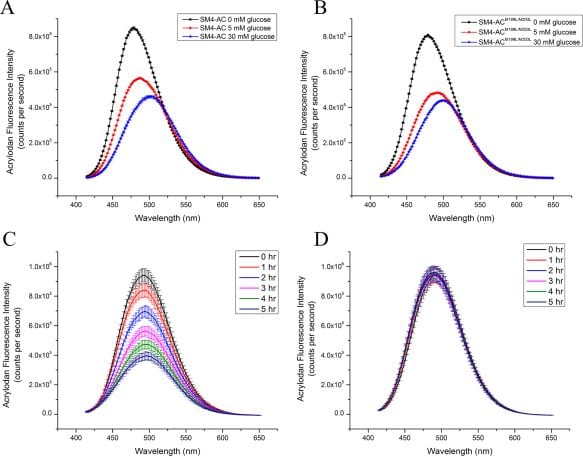
A comprehensive physicochemical analysis of a prototype continuous glucose monitor developed as a less invasive and more patient-friendly alternative to the lancet based glucose monitors is reported.
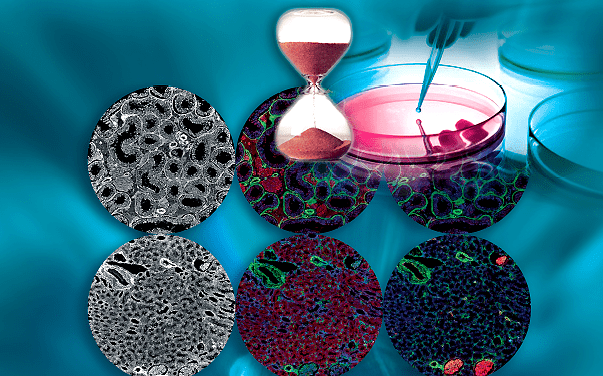
The recently published Part II Special Issue on High Throughput and High Content Imaging and Cellular Informatics.

The iron biochemistry from the point of view of inorganic and physical chemistry is discussed in a new review.
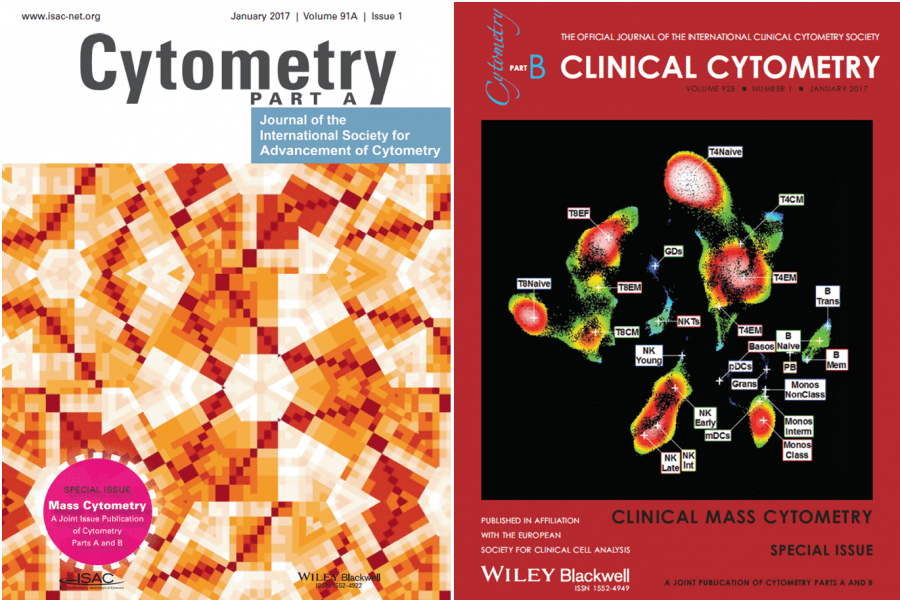
Cytometry Part A and Cytometry Part B: Clinical Cytometry combine forces to publish the first Joint Special Issue on Mass Cytometry (MC).
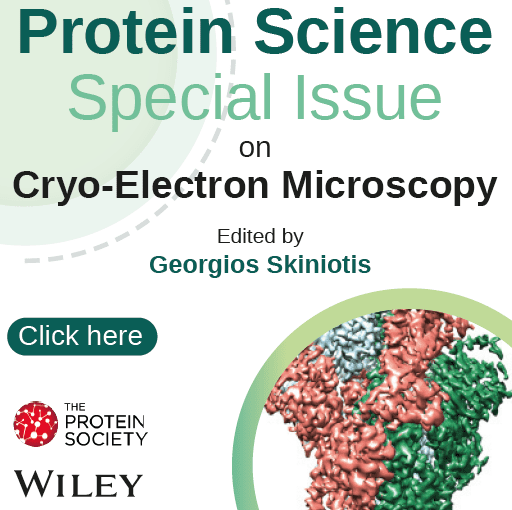
Protein Science has recently published a Special Issue on Cryo-Electron Microscopy (Cryo-EM) guest edited by Georgios Skiniotis at the University of Michigan Medical School Department of Biological Chemistry.
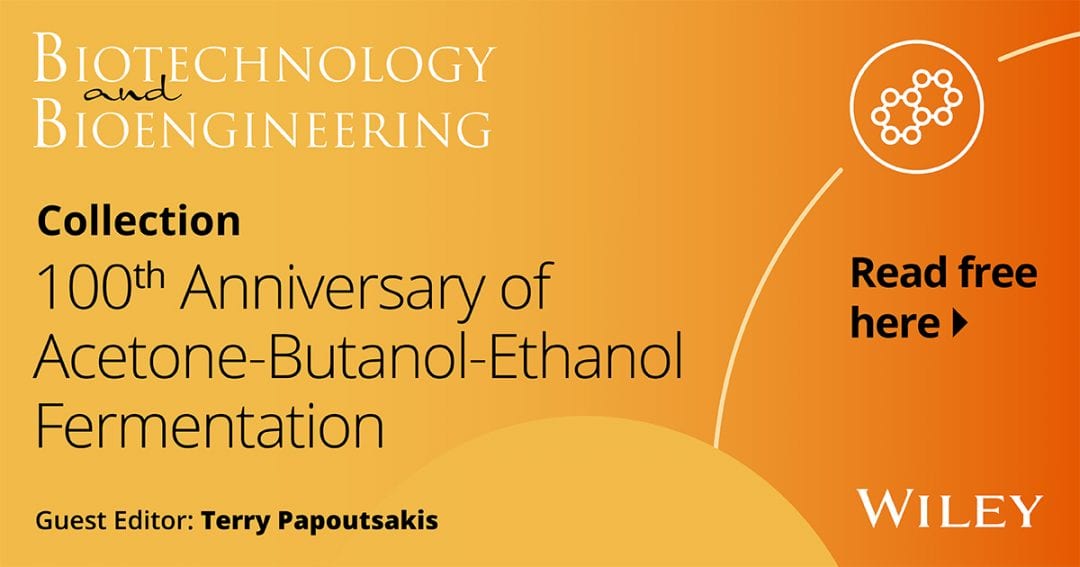
Biotechnology and Bioengineering has published a Virtual Issue to celebrate the 100th Anniversary of Acetone-Butanol-Ethanol Fermentation.
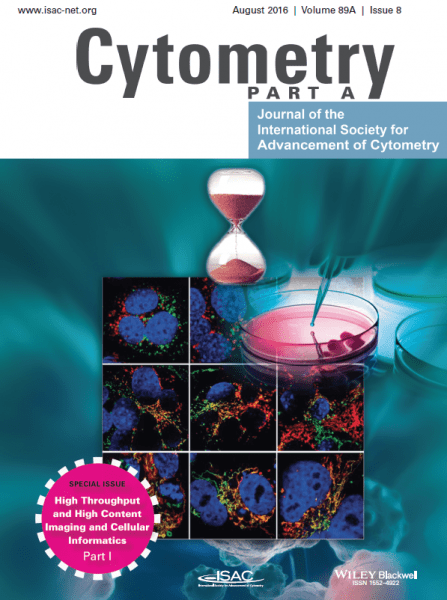
Cytometry Part A has recently published a special issue on High Throughput and High Content Imaging and Cellular Informatics.